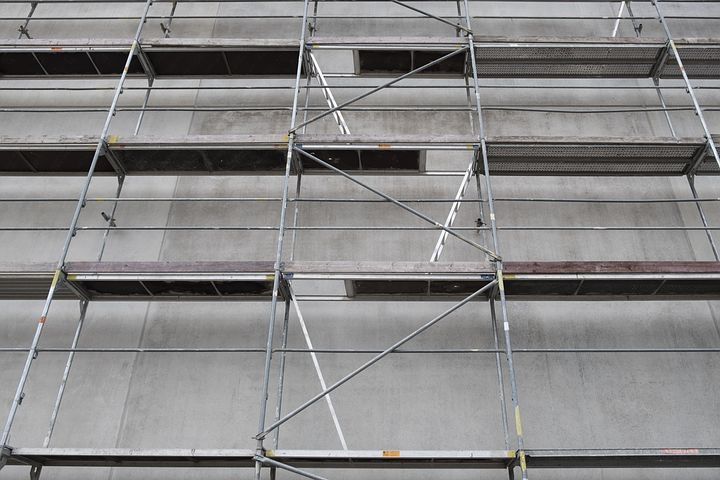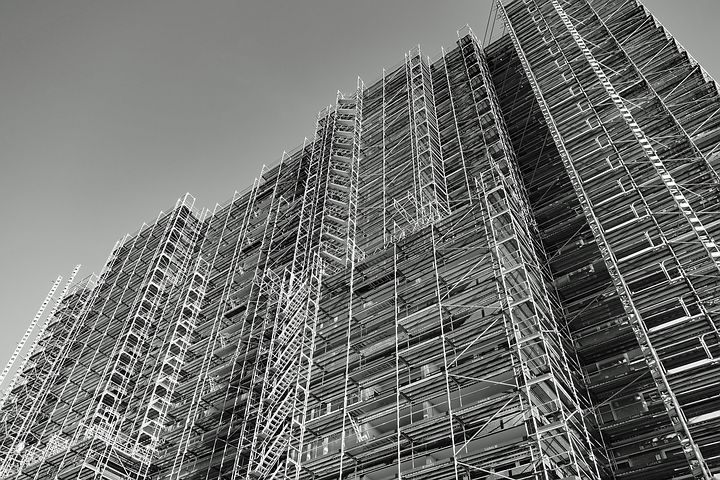Building specialists will have their own subjective tastes when it comes to scaffoldings and their design type.
However, there are universal assets that will define their quality irrespective of the terrain, landscape or project profile.
Mobility
Scaffoldings that are easy to erect and dismantle allow builders to easily maneuver complex materials on and off site. This is one of the fundamental reasons why polyester tubes and synthetic materials become a popular option for specialists who need to pack up and maneuver between various locations within a given day. Painters and cleaners who have a higher rate of turnover with their clients will embrace this option, although for builders they will likely be on site for weeks and even months on end, making their need for mobility only exist when they shift between different domains of the home.
Security
Scaffoldings can become dangerous with the slightest fault or instance of oversight. This is why these products are rarely produced with a painted aesthetic because once this paint begins to fade or is exposed to rain, it can offer a slippery surface that sees major falls occur. Such an item must be supported with harness access, beams and clear exit and entry points to ensure there is no bottleneck effect. Much of the safety of the structure will be attributed to the behaviours and conduct of the builders in question rather than the design, but extra measures implemented on the scaffold will make this exercise easier to protect all parties in the process.
Durability
Scaffoldings that can withstand regular use and exposure to various weather conditions offer builders the chance to invest in an item that will reduce their costs and deliver when it matters. Steel scaffold designs become popular brands in this setting given their durable properties, seeing wood and plastics buckle under that extra degree of pressure. Workers in these environments will experience severe heats, rain, wind and freezing climates, placing the imperative on the structure to operate consistently.
Strength

The strength of scaffoldings can easily be compromised if the terrain is not suitable or if the volume of workers on the structure overwhelms the condition of the item. The general understanding in these settings will see no more than 170kg for an area comprising of 10 square metres for a building area. This will alter depending on the profile of the material and the type of equipment utilized, but these are often the guidelines that will underpin the strength of the brand. The stronger the materials, the more power tools, men and women can fit onto the planks.
Low Environmental Footprint
Builders always work to get the job done as well as possible and within the right timeframe, but using scaffoldings that offer a low environmental footprint is an advantage. This is particularly true for industry professionals who understand how much strain their industry places on the issue of forestation and cutting down landscapes to support their own endeavours. This won’t be a universal principle across the board unfortunately, but it is an extra advantage to know there are models that are more sustainable than other counterparts in the market. Bamboo and wood do not help the environmental cause whilst aluminum, steel and other fibers give properties that are better conducive for a sustainable practice.
Summary
Scaffoldings are products that will come under scrutiny where independent inspections can test their validity. Yet they will be passed with a greater level of assurance if they can match these forms of criteria on a consistent basis. Finding value for money will be important, but if they mitigate against common risks and accidents then they will be worthy of a higher price tag.
